One challenge in writing a book is how to structure it. Putting all the material together in a coherent package is tough. Where to start, where to finish, how to best arrange things in the middle, and what to leave out(!)—it can all be rather daunting.
In Write Better I include a chapter offering a dozen common options for organizing a nonfiction book. But there are dozens more, and when I read a new book, I am always on the alert for effective ways writers use for presenting their ideas.
 Bryan Stevenson’s Just Mercy is an important book on an important topic that also offers an interesting structure that could well work for others. The main focus is the story of Walter McMillian, an innocent man who was sentenced to death row in Alabama. His case and how Stevenson became involved is fascinating and dramatic.
Bryan Stevenson’s Just Mercy is an important book on an important topic that also offers an interesting structure that could well work for others. The main focus is the story of Walter McMillian, an innocent man who was sentenced to death row in Alabama. His case and how Stevenson became involved is fascinating and dramatic.
But every ten pages or so Stevenson pulls back from this tale and gives background information regarding related aspects of the justice system—trying minors as adults, sentencing practices in different regions, the use of solitary confinement, the political history of Alabama. These topics branch off the main trunk of the memoir like branches of a tree laden with heavy, nutritious fruit.
 Stevenson also includes flashbacks on his own story or tells how he was building his organization (as a subplot, if you will) in parallel to the McMillian case. If Stevenson had structured the book around these “side” issues, readers could have gotten glassy eyed when statistics are piled up or legal precedents are detailed. But since that information is wrapped in a compelling story—it makes all the difference.
Stevenson also includes flashbacks on his own story or tells how he was building his organization (as a subplot, if you will) in parallel to the McMillian case. If Stevenson had structured the book around these “side” issues, readers could have gotten glassy eyed when statistics are piled up or legal precedents are detailed. But since that information is wrapped in a compelling story—it makes all the difference.
In addition, that content is presented in an emotional package of his passion that we as readers get involved with, being incensed about the many outrageous stories of injustice that he tells along the way. As readers we end up caring and wondering what we can do too.
As you think about writing a book, then, consider whether or not you have a story that:
♦ you were personally involved with
♦ stretched out over a period of years
♦ had barriers and problems that needed to be overcome
♦ touches on a variety of substantive issues you are concerned about that could branch off of your main storyline, and
♦ has a narrative arc that builds tension, has setbacks, and perseveres to a resolution that gives hope
I think you could find this a very fruitful approach.
—
photo: Hans Braxmeier, Pixabay

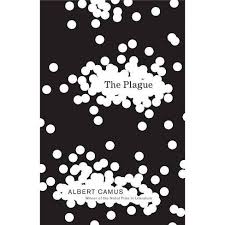
 Early on a priest says he can make sense of it (as God’s judgment) though at the end his theology fails when he sees a small child die after prolonged suffering. A conman makes sense of it by taking advantage of the hardships of others only to revert to depression when the plague lifts. A writer plows ahead with his novel, day by day and month by month, yet never gets beyond the first sentence. A doctor seeks meaning by doggedly helping others even when his efforts often have little effect.
Early on a priest says he can make sense of it (as God’s judgment) though at the end his theology fails when he sees a small child die after prolonged suffering. A conman makes sense of it by taking advantage of the hardships of others only to revert to depression when the plague lifts. A writer plows ahead with his novel, day by day and month by month, yet never gets beyond the first sentence. A doctor seeks meaning by doggedly helping others even when his efforts often have little effect. Buy-In. David Logan, professor at the University of Southern California’s Marshall School of Business notes: “Asking for someone’s ‘buy-in’ says, ‘I have an idea. I didn’t involve you because I didn’t value you enough to discuss it with you. I want you to embrace it as if you were in on it from the beginning, because that would make me feel really good.’”
Buy-In. David Logan, professor at the University of Southern California’s Marshall School of Business notes: “Asking for someone’s ‘buy-in’ says, ‘I have an idea. I didn’t involve you because I didn’t value you enough to discuss it with you. I want you to embrace it as if you were in on it from the beginning, because that would make me feel really good.’” It was a vaccine my grieving mother prayed for desperately, especially because her three other children, including me, were still vulnerable to the terrifying disease. Every year thousands of children across the United States were struck with it, peaking the year my sister died with over 57,000 cases, of whom 3,145 died.
It was a vaccine my grieving mother prayed for desperately, especially because her three other children, including me, were still vulnerable to the terrifying disease. Every year thousands of children across the United States were struck with it, peaking the year my sister died with over 57,000 cases, of whom 3,145 died.
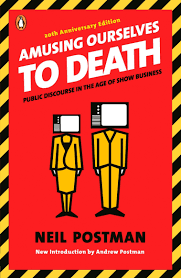
 In the introduction for the twentieth-anniversary edition of book, Postman’s son points out that though we are not dominated by network television anymore, the underlying issues of our entertainment-saturated culture remain the same. Has media improved our democracy? Has it made our leaders more accountable? Are we better citizens or are we better consumers? Have our schools improved as a result?
In the introduction for the twentieth-anniversary edition of book, Postman’s son points out that though we are not dominated by network television anymore, the underlying issues of our entertainment-saturated culture remain the same. Has media improved our democracy? Has it made our leaders more accountable? Are we better citizens or are we better consumers? Have our schools improved as a result?
 A colleague, Jim Hoover, often said, “An editor is the author’s advocate to the reader—and the reader’s advocate to the author.” The job of editors is not to shape manuscripts the way they would write them. Rather when alerting authors to potential problems, editors aim to show authors what questions people might raise the first time they read the text. That is just virtually impossible for authors to do who are overly familiar with what they’ve written. “Isn’t it obvious?” No. Not always.
A colleague, Jim Hoover, often said, “An editor is the author’s advocate to the reader—and the reader’s advocate to the author.” The job of editors is not to shape manuscripts the way they would write them. Rather when alerting authors to potential problems, editors aim to show authors what questions people might raise the first time they read the text. That is just virtually impossible for authors to do who are overly familiar with what they’ve written. “Isn’t it obvious?” No. Not always.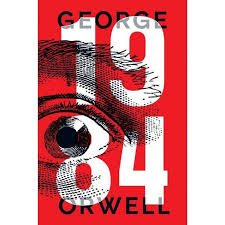
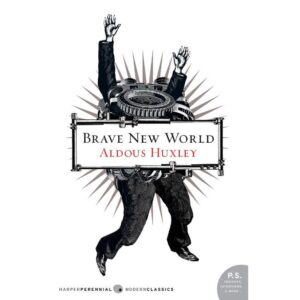

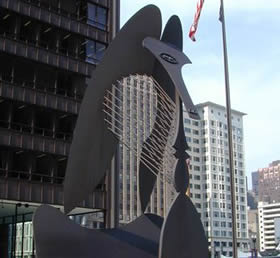 One reason Beethoven and Picasso produced so many great works was that they produced a lot of ordinary, unknown works. We might know a couple of Beethoven’s nine symphonies, the last of his five piano concertos, his one violin concerto, maybe his opera Fidelio, and probably “Für Elise.” But in his 45-year career, he wrote at least 722 pieces.
One reason Beethoven and Picasso produced so many great works was that they produced a lot of ordinary, unknown works. We might know a couple of Beethoven’s nine symphonies, the last of his five piano concertos, his one violin concerto, maybe his opera Fidelio, and probably “Für Elise.” But in his 45-year career, he wrote at least 722 pieces. We shouldn’t be afraid to create junk or to write something that’s ordinary. For thirteen years I have been blogging at Andy Unedited. In that time I have produced over six hundred posts. I do my best but most of them are just OK. A few, I think, are very good Yet I wouldn’t have written any good ones if I didn’t have the discipline of trying to produce something every week, including the commonplace ones.
We shouldn’t be afraid to create junk or to write something that’s ordinary. For thirteen years I have been blogging at Andy Unedited. In that time I have produced over six hundred posts. I do my best but most of them are just OK. A few, I think, are very good Yet I wouldn’t have written any good ones if I didn’t have the discipline of trying to produce something every week, including the commonplace ones. 